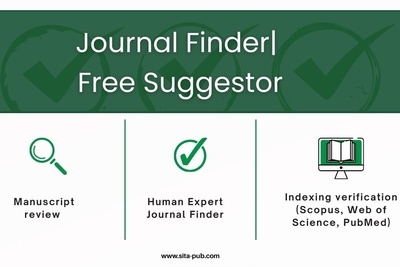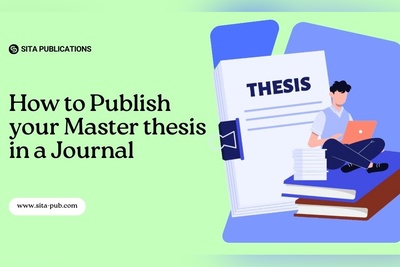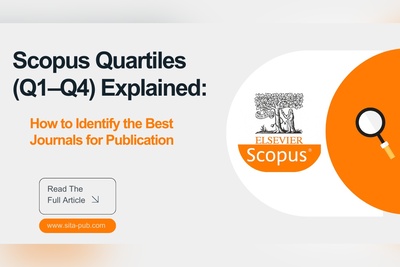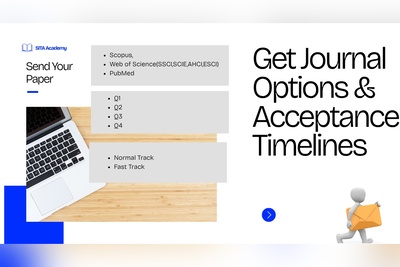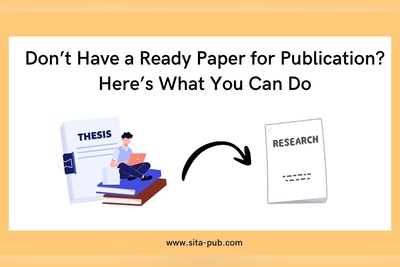How to Receive a Journal Acceptance Letter for Your Academic Paper
Want to get your research paper officially accepted by a reputable journal? Learn how to receive a journal acceptance letter, what it contains, and where you can use it.
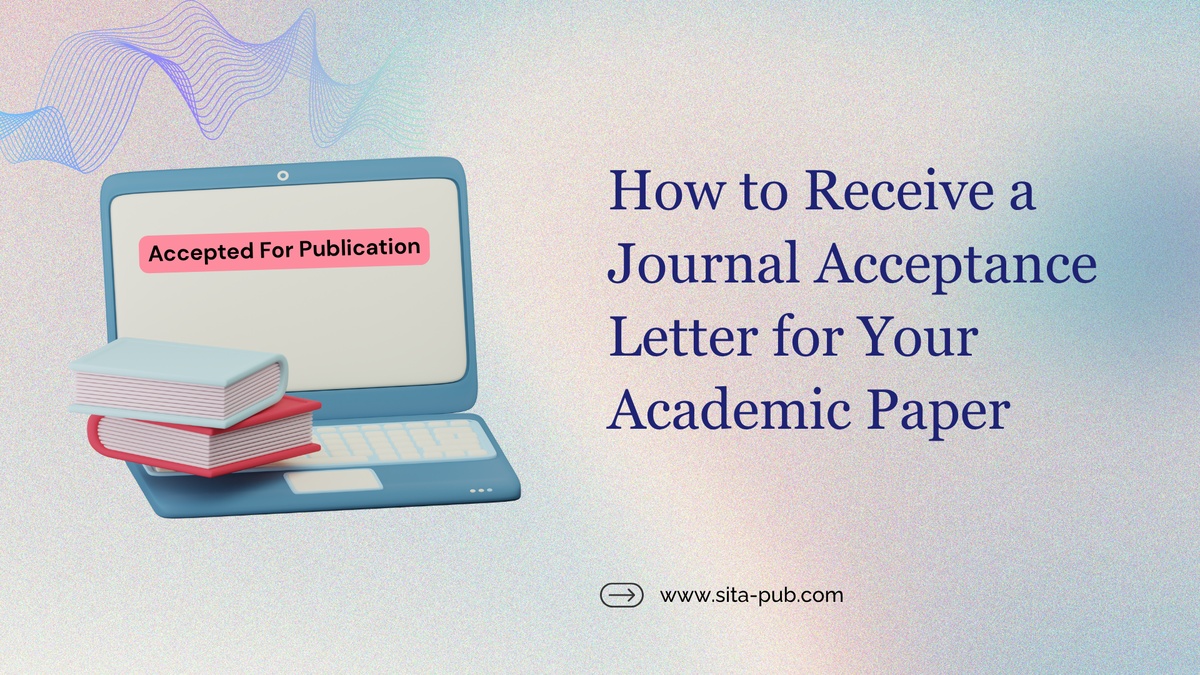
One of the most crucial steps in the publishing process is receiving an acceptance letter from a journal. This document serves as official confirmation that your research has passed through the necessary editorial and peer review processes and is approved for publication. In this article, we’ll walk you through everything you need to know about journal acceptance letters — what they are, how to get one, what they’re used for, and more.
What Is an Acceptance Letter?
An acceptance letter is a formal communication sent by a journal's editorial team to an author confirming that their submitted manuscript has been accepted for publication. This usually comes after your article has been peer-reviewed and deemed fit for the journal in terms of content, quality, and relevance.
The letter can be delivered via email or through the journal's manuscript submission system, and it may serve several administrative and academic purposes. It typically includes the manuscript title, authors’ names, acceptance date, and the statement of acceptance.
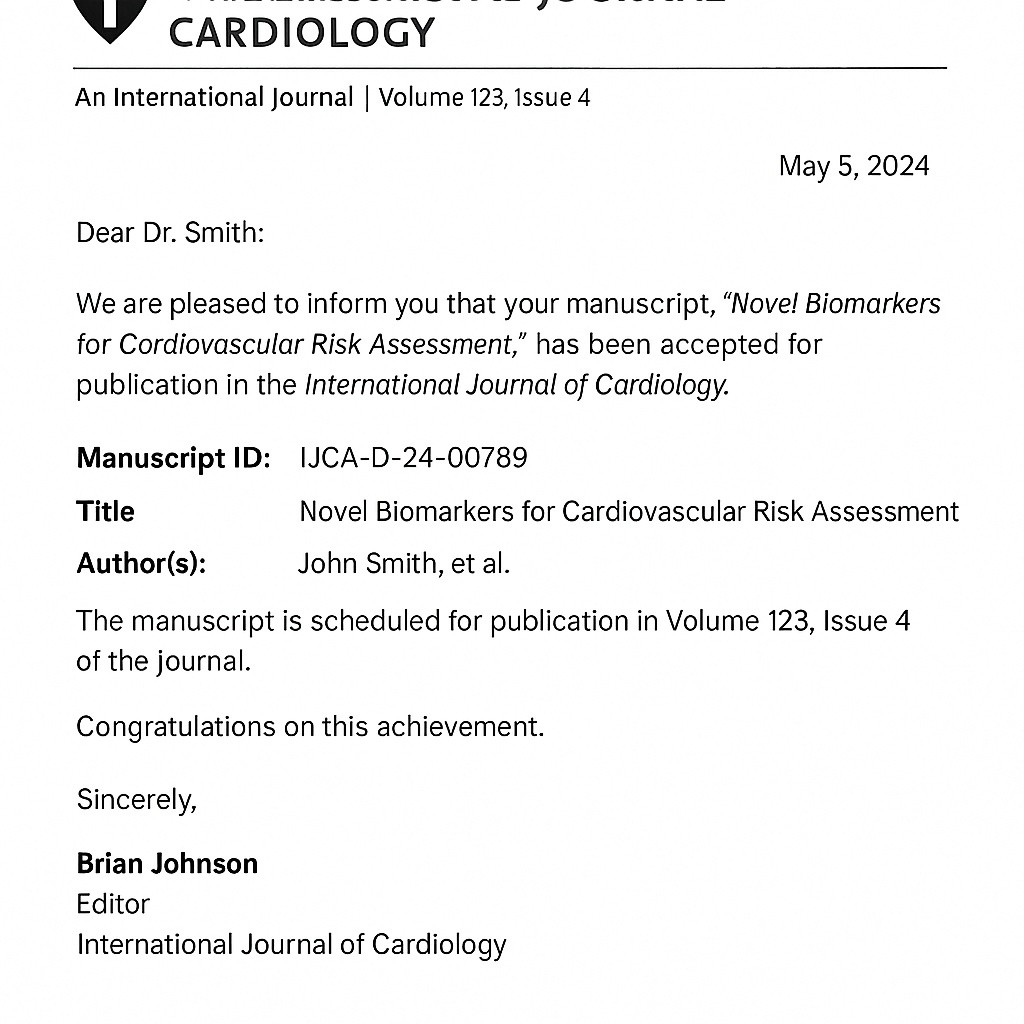
Process of Getting an Acceptance Letter from a Journal
The road to an acceptance letter is not short or easy. It involves several stages that require time, patience, and careful revision. Here’s a simplified breakdown of the process:
Step 1: Manuscript Preparation and Submission
Prepare your research paper according to the journal’s author guidelines. Ensure your formatting, references, and content align with the journal’s scope. Then, submit the manuscript through the journal’s submission system or email.
Step 2: Editorial Screening
The editor does an initial screening to check if your manuscript is relevant to the journal’s focus and meets the basic quality standards. If not, it may be rejected without peer review.
Step 3: Peer Review Process
If the paper passes the initial check, it is sent to experts in the field for peer review. This stage involves detailed feedback, suggestions for improvement, and overall evaluation of the study’s quality.
Step 4: Decision
After the peer review, you may receive one of the following:
Accept without revision
Accept with minor revisions
·Revise and resubmit (major revisions)
Reject
Step 5: Revision and Resubmission
If revision is requested, address the reviewers' comments and submit a revised version. Once the revisions are approved, the editor sends you the acceptance letter.
Types of Acceptance Outcomes
There are different types of acceptance you might receive before getting the final acceptance letter:
Conditional Acceptance
The journal agrees to publish the paper if specific revisions are made. Once the revisions are submitted and accepted, the formal letter is sent.
Provisional Acceptance
This means the paper is accepted in principle, subject to final checks such as plagiarism, formatting, or language editing.
Final Acceptance
This is the official letter confirming that your article has been accepted and will be published. You may receive this after all conditions have been met.
Where Can You Use an Acceptance Letter?

Acceptance letters serve several important functions beyond simply confirming publication:
Academic Promotion
Universities often require proof of publication for promotions, especially in the Arab world and Asia. An official acceptance letter is usually enough to initiate the promotion process.
Graduation Requirements
Some graduate programs require students to publish a paper before graduation. The acceptance letter can be used to prove you’ve met this requirement.
Grant or Scholarship Applications
Some funding bodies or scholarship programs request proof of academic productivity. An acceptance letter serves as valid documentation.
Visa or Immigration Purposes
If you are applying for research-related immigration, such as academic work permits, an acceptance letter may be part of the documentation needed.
What Are the Different Sections of a Reputable Acceptance Letter?
A well-structured acceptance letter from a reputable international journal typically includes the following:
Journal Header and Logo
Manuscript Title: The exact title of your submitted paper.
Author Names: Primary and/or all listed authors.
Manuscript ID or Reference Number
·Date of Acceptance
Confirmation Statement: A clear sentence confirming that the manuscript is accepted for publication.
Journal Information: Name of the journal, volume/issue (if already known), or expected publication date.
Editor’s Name and Signature: Sometimes digital, often including the editor’s full name and position.
The exact format and details can vary from one journal to another. Some letters may not include all of the above elements—especially if they are sent through an online submission system or generated automatically. However, reputable journals will always include at least the manuscript title, acceptance confirmation, and journal identity to serve as valid proof of acceptance.
How Long Does It Take to Get an Acceptance Letter?

The timeline to receive an acceptance letter depends on several factors:
🕓 Type of Journal
Fast-track journals: Some open-access journals offer faster review (2–4 weeks).
Traditional journals: Review may take 2–6 months or more.
🕓 Quality of Submission
Well-written papers with fewer errors tend to pass through review stages more quickly.
🕓 Field of Study
Fields like medicine or engineering often have faster review cycles due to the demand for current findings.
In general, getting a final acceptance letter may take between 1 to 9 months depending on the journal and your responsiveness to revisions.
7. Examples of Journal Acceptance Letters
While each journal has a slightly different format, here’s an example of what a typical acceptance letter might look like:
Example 1:
Subject: Manuscript Acceptance – “The Effect of AI on Learning Behaviors”
Dear Dr. Ahmed,
We are pleased to inform you that your manuscript titled “The Effect of AI on Learning Behaviors” (Manuscript ID: JAI-2025-0032) has been accepted for publication in the Journal of Advanced Intelligence after peer review.
Your article is scheduled for publication in Volume 17, Issue 3 (September 2025).
Congratulations on your contribution, and thank you for choosing our journal.
Sincerely,
Prof. Elena Rossi
Editor-in-Chief
Journal of Advanced Intelligence
Example 2:
Subject: Final Acceptance of Your Article
Dear Authors,
We are happy to inform you that your revised manuscript titled “Blockchain in Smart Healthcare” has been formally accepted for publication in IEEE Access.
The paper has completed the final editorial checks and will be included in our upcoming online issue.
Warm regards,
Editorial Office
IEEE Access
Final Tips for Getting Your Acceptance Letter
Follow the journal’s author guidelines strictly.
Respond to reviewer comments professionally and clearly.
Keep records of all communication with the journal.
Use plagiarism checkers and language editing services to improve quality.
Be patient — the process takes time.
Need Help Getting Published?
If you’re unsure how to select the right journal, revise your paper, or navigate submission systems, professional support services can help you from start to finish.
At SITA Academy, we assist researchers with:
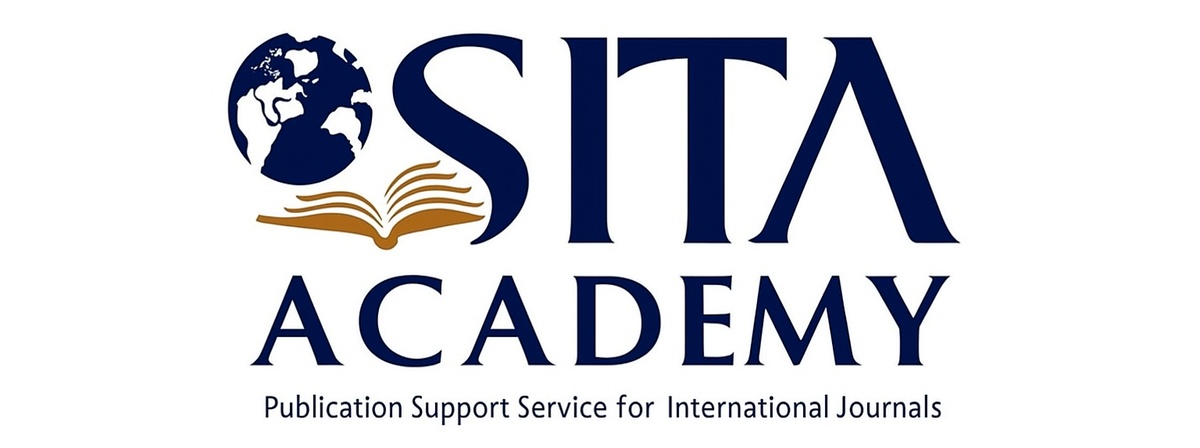
Journal selection based on university approval criteria
Manuscript formatting and editing
Submission support and follow-up until final acceptance
Let us help you take the stress out of publishing.
Verified Contact Channels
If you have any questions, inquiries, or would like to learn more about our services, please don't hesitate to reach out to us. Our dedicated team is ready to assist you.





